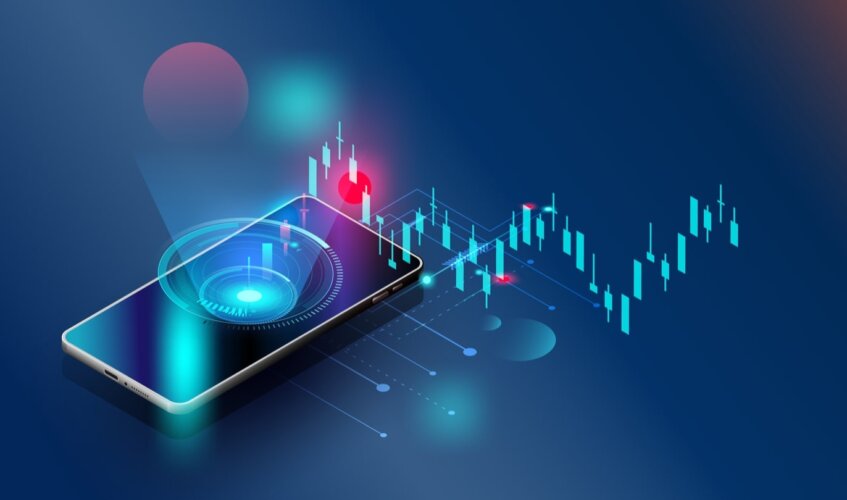Accountancy Resources

In Layman’s terms, trading currencies is when a person sells or buys different currencies in order to make a profit in the forex market.
When you visit another country, you exchange some of your currency for the foreign currency of that country. This exchange of money that takes place is also what is called Forex Trading.
For instance, if one is taking a trip to India, you approach the forex trader with Dollars and exchange it for rupees. You would have found out that the Dollars and rupees don’t exchange at a 1 for 1 rate; in fact, you can get 50 rupees for a single Dollar! This is the exchange rate of currencies.
And all of the above that you did while visiting any country, was forex trading. You have essentially sold something (Dollars) and bought something in return (Indian Rupees). That’s why it is called a market because even though you may not have traded something tangible, you did trade the currencies.
The forex market has a huge role in the current global economy, which is indicated by its sheer size. It has a daily trade volume of $4 Trillion. Compare that to the world’s largest stock market, the New York Stock Exchange, which has a daily volume of $74 Billion.
The three biggest stock exchanges, the NYSE, the Tokyo Stock Exchange, and the London Stock Exchange only have a volume of $74, $18, and $7 Billion respectively. In comparison, the forex market comprises $3.98 Trillion daily trades all over the globe.
Now, because the size of the forex market is simply so huge, it is also home to frequent fluctuations in the exchange rates. For example, suppose Microsoft imported some equipment from Japan, to pay for which Microsoft had to acquire Yen, which it did by selling some Dollars and buying Yen in return.
In this case, Microsoft has now just flooded the market with too many Dollars and caused a shortage of Yen for other buyers, in a single transaction. Resultantly, the Dollar to Yen rate will then go low, meaning that you will be able to buy a lesser amount of Yen per Dollar than you did before. Essentially, the Yen became ‘expensive’ in one whole swoop.
Why did that happen? It’s simple. You know when something is in short supply and the shopkeepers then charge higher prices for it? This is exactly the case here. The Forex market may not be tangible, but it also consists of buyers and sellers.
At the other end of the picture, there are human beings who supply certain currencies for consumers like Microsoft to buy. If a currency is suddenly more in demand, the ‘suppliers’ will charge more for it.
Nowadays, forex trading can be done online, as a business. You buy a currency, and then sell it when its rates go high. The introduction of the World Wide Web has only hastened the transactions that were once belated and slow. The result? The forex market is now more volatile, and it rewards those who are constantly in check with the market dynamics.
Today, time is money.
Name
Website
Message